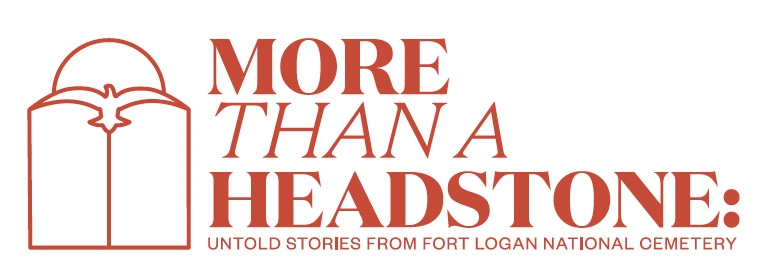From D-Day to German Surrender
By Mathew Greenlee
James L. Ballard Junior
February 27, 1919-April 13, 2004
James Ballard was born on February 27, 1919 in Des Moines, Iowa.[1] He grew up in a family with a military tradition, as his grandfather had fought in the Civil War and his father had served in the Philippines. Along with his family, he would spend years of his life on a military base in the Philippines, where his father was stationed.[2] By the age of 11, James and his family had relocated to Syracuse New York, where he lived with his father James Ballard Sr., his mother Catherine, and his younger brother Robert.[3] In his youth, he would continue the military tradition of his father and grandfather, enrolling at Davidson College in North Carolina and joining the Regular Officers Training Corps (ROTC).[4]
Ballard’s time at Davidson and in the ROTC were incredibly formative. By the age of 20, he had already achieved the rank of Major, and was helping to facilitate the ROTC at Davidson. During the interwar period, the military called for all members of the ROTC to be a “stalwart American citizen, imbued with patriotic zeal” and to remember that citizenry came before militarism.[5] At Davidson, he was also in the fraternity Pi Kappa Phi,[6] which heralds the mission statement “To create an uncommon and lifelong brotherhood that develops leaders and encourages service to others for the betterment of our communities.”[7] This sense of service and community would likely stay present in his mind for the rest of his life, and may be one indication as to why he might serve in the military for over thirty years.
Ballard officially enlisted in the military in May of 1940[8] as the Second World War raged. He was stationed at a U.S. naval base in Iceland when the attack on Pearl Harbor shocked the country.[9] Throughout his thirty years in the military, he would be deployed in front line combat actions, bases throughout the world, and to military responsibilities during times of peace. His was truly a lifetime of service.[10]
After the United States entered into the war, James was promptly transferred along with his division, the 29th Army, to England. As a Second Lieutenant, James would lead the 29th in the second wave of the Omaha Beach assault at Normandy.[11] As told in his own words in Russell Miller’s Nothing Less Than Victory: The Oral History of D-Day, his experience in France right after the opening of the Western front would be both chaotic and defining. He was shot by a German sniper days after the invasion, and would recuperate in England, only to be wounded days after returning to the front lines.[12] Upon hearing he was to be returned to the front lines for a third time, his mother -as the story goes - intervened and requested something to be done by Brigadier General Walter Smith. General Smith accepted and transferred Ballard onto his staff, which directly served Dwight Eisenhower and George Marshall, two of the most significant figures on the Allied side. During the course of his service to Eisenhower and Marshall, Ballard was personally there on May 7, 1945, when the German High Command’s representatives signed the official surrender, ending the war.
After the war, James went home and married his fiancé Venita, dined with President Truman, and carried the official German surrender papers in military parades in New York and Washington D.C.[13] He would continue to remain in the military until 1970, during which time he would live on bases in England, France, Germany, and South America. He used this time to learn both German and Spanish, and, as his work ethic might imply, he was incredibly busy, despite remaining in a non-deployed position after the Second World War.
After his service in the military, James would move to Colorado in his later years[14], with his wife Venita and five children. James died in April 2004 at the age of 85 in Denver Colorado.

![[15]](https://images.squarespace-cdn.com/content/v1/5cdee20d61310c0001c2cbbe/1584913061364-Y9T6ST2JFPLOUP9DO0NT/image4-23.png)
![[15]](https://images.squarespace-cdn.com/content/v1/5cdee20d61310c0001c2cbbe/1584913088043-4J02JIQJ9SUGAE8G3X3R/image5-25.jpeg)









